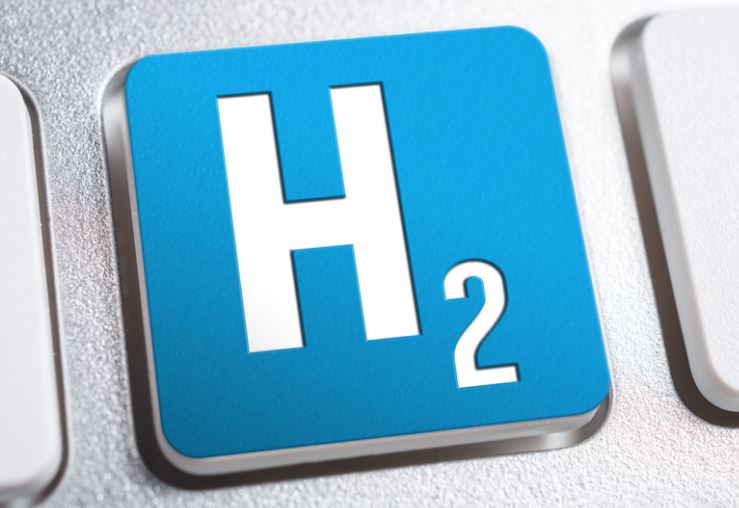Hazer Group, the Australian chemical engineering company, has made another step forward with its methane-to-hydrogen and graphite production technology.
Their commercial demonstration plant (CDP), located near Perth, recently hit 362 continuous operation hours, a milestone that brings them closer to commercial deployment.
In a recent statement, Hazer’s CEO Glenn Corrie highlighted that this achievement reflects years of hard work in developing and scaling up their technology. The company is now nearing the final stage of testing, with a focus on producing high-purity graphite, expected to be completed later this year.
Corrie pointed to three key wins from the latest testing phase: improved methane-to-hydrogen conversion rates, stable reactor performance with no major issues, and a solid amount of graphite ready for customer evaluation. These successes give Hazer more confidence as they move toward scaling up their technology for real-world applications.
The plant uses methane sourced from biogas at a wastewater treatment facility, which feeds into Hazer’s unique reactor system. The company has placed particular emphasis on their use of a fluidized bed reactor (FBR), a key piece of technology that they’ve adapted for methane pyrolysis. This process, known as “turquoise hydrogen” production, sits between blue and green hydrogen in terms of carbon impact. It’s cleaner than conventional steam methane reforming (blue hydrogen), but still leaves a larger carbon footprint compared to fully renewable electrolysis (green hydrogen).
The ongoing success of the CDP tests has also spurred commercial discussions with partners like FortisBC, POSCO, ENGIE, and Chubu Electric/Chiyoda Corporation. These partnerships are crucial as Hazer positions itself to meet the demand for decarbonization solutions in industries like steel, petrochemicals, and refining.
